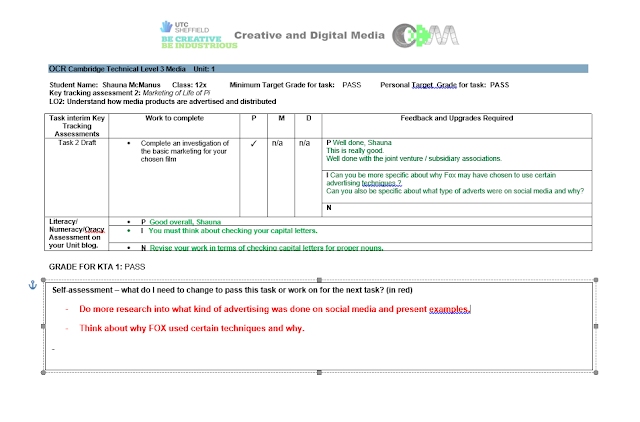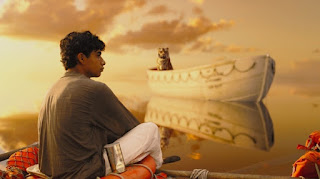'Dark themes'
I however partly disagree with the article as the BBFC take great time and consideration in choosing which certificate a film should be, in contrast to this Parents should be able to determine whether a screenplay is appropriate for their children based around a discription given by the BBFC.
A) Passive audience theory
Hypodermic syringe - implies that media has a negative impact. Mass audience believe everything that they see/hear (Adorno and Horkheimer)
In the 1940's/50's, the mass media were percieved as an extreme influence towards audiences adapted behaviour.
This model does not hold much positivity for the audience , however it is a good method for a media producer , politicians and also towards the use of marketing.
STANLEY COHEN, 1972
when the 'mass media' demonise groups , people or products that they believe become a threat to society, values and interests it is called 'Moral Panic'. The group/products are referred to as 'folk devils'. Modern day folk devils include Donald Trump, Immigrants and Religious extremists.
Violence in the media:
Anderson (2007) that high exposure to fast-paced violent games can lead to changed in brain function when processing violent images, including dampening of emotional reponses to violence. One of the high risk factors?
This is known as desensitisation
Ferguson (2012) showed no long term link over three years.
Halo 3 - http://geekti.me/wp/2013/10/10-crimes-that-were-blamed-on-video-games/
In 2007, Daniel Petric of Ohio brutally murdered his mother after being refused to play the game as it was 'banned' in their home. Petric regularly went over to a friends house to play the game and secretly bought it to play at home, this then supposedly lead him into stealing his fathers gun to murder his mother, his father blamed this violent behaviour on the video game after claiming it lead him to 'snap' after a bout of depression.
Facebook - http://www.dailymail.co.uk/news/article-2154624/A-Facebook-crime-40-minutes-12-300-cases-linked-site.html
Facebook has been claimed to cause an abundance of crimes from theft to grooming and has been regularly reported in the media as a dangerous site for predetors. An example of this would be Teenager Ashleigh Hall being murdered by serial rapist Peter Chapman after grooming her using this social networking site. Other cases are seemingly less serious however include underage children being pestered for indecent images.
GTA 5 - http://www.telegraph.co.uk/news/worldnews/asia/thailand/2504016/Thailand-bans-Grand-Theft-Auto-after-copycat-murder.html
Thailand banned the game after a copy cat murder carried out on a taxi driver.'An 18-year-old high school student has been charged with robbery and possession of a weapon, and could face the death penalty or life imprisonment if convicted. He was arrested on Sunday after police found the bloody body of a Bangkok taxi driver slumped in his cab.
Police said the teenager had become incensed when he could not afford to play the game, which encourages gamers to kill and steal cars in order to accrue points'.
Representation
who is being represented?
All representations are mediated (Hall, 1980)
Is there use of stereotypes/countertypes (Perkins,1979) . Not all stereotypes are negative.
Representation of women- are they objectified (Mulvey, 1975). Representation of men (Earp and Katz, 1999) - 'equation of masculinity with pathological control and violence'.
Representations of Gay people (Butler, 1993) - are they stereotypical.
B) representation
Alvarado (1987), Hall (1995) - ethnicity 'exotic, dangerous, humourous, pitied'.
Turton (2014) - (age) hooligans, trouble causers. Black and Asian boys.
Lloyd (1995) girls as 'double deviant' - they are trouble causers but they shouldnt be because they are 'women'.
Police said the teenager had become incensed when he could not afford to play the game, which encourages gamers to kill and steal cars in order to accrue points'.
Representation
who is being represented?
All representations are mediated (Hall, 1980)
Is there use of stereotypes/countertypes (Perkins,1979) . Not all stereotypes are negative.
Representation of women- are they objectified (Mulvey, 1975). Representation of men (Earp and Katz, 1999) - 'equation of masculinity with pathological control and violence'.
Representations of Gay people (Butler, 1993) - are they stereotypical.
B) representation
Alvarado (1987), Hall (1995) - ethnicity 'exotic, dangerous, humourous, pitied'.
Turton (2014) - (age) hooligans, trouble causers. Black and Asian boys.
Lloyd (1995) girls as 'double deviant' - they are trouble causers but they shouldnt be because they are 'women'.
In my chosen film there are possible aspects that could be criticised for having a negative impact on the audience watching, for example throughout the film Piscine is deemed to be a humourous charcater, frightened and weak due to his situation - this is an issue due to him being a part of an ethnic minority. Alvarado (1987) and Hall (1995) posed theories that suggested that these people were seen as 'exotic, dangerous , humourous , pitied' which applies well to this screenplay. In numerous scenes we are made to laugh at the misfortune of Piscine, and particularly in the cargo ship scenes we see a slight hint of white supremacy regardless of the man conducting it being of French origin. This could be related to the hypodermic syringe theory as it implies that this kind of representation could potentially change the viewpoints of those viewing as they supposedly believe everything they see/hear in the media.
Active Audience Theory
Other school of thought- we are able to filter and adapt to content in the media (Gauntlett, 1995) - Backwards model.
We have uses and gratifications (McQuail, 1972) theory - people use media for their own purposes. - escapism, suveillance , building personal relationship and bulding personal relationships
Provides a more more positive outlook on the effects of media.
Hall (1980) encoding/ decoding
preferred reading - by audience depending on their background but accepts the dominant viewpoint/story
Negotiated reading - partially agrees with meaning
Oppositional reading - meaning understood but dont agree and think opposite
Aberrant - gets the completely wrong meaning entirely.
There are however positive effects that are given by my film surrounding ethnic minorities, as toward the ending of the film we learn that Piscine is not infact that humourous, pitied - he is a strong and brave male character.










 1.
Location
1.
Location 





